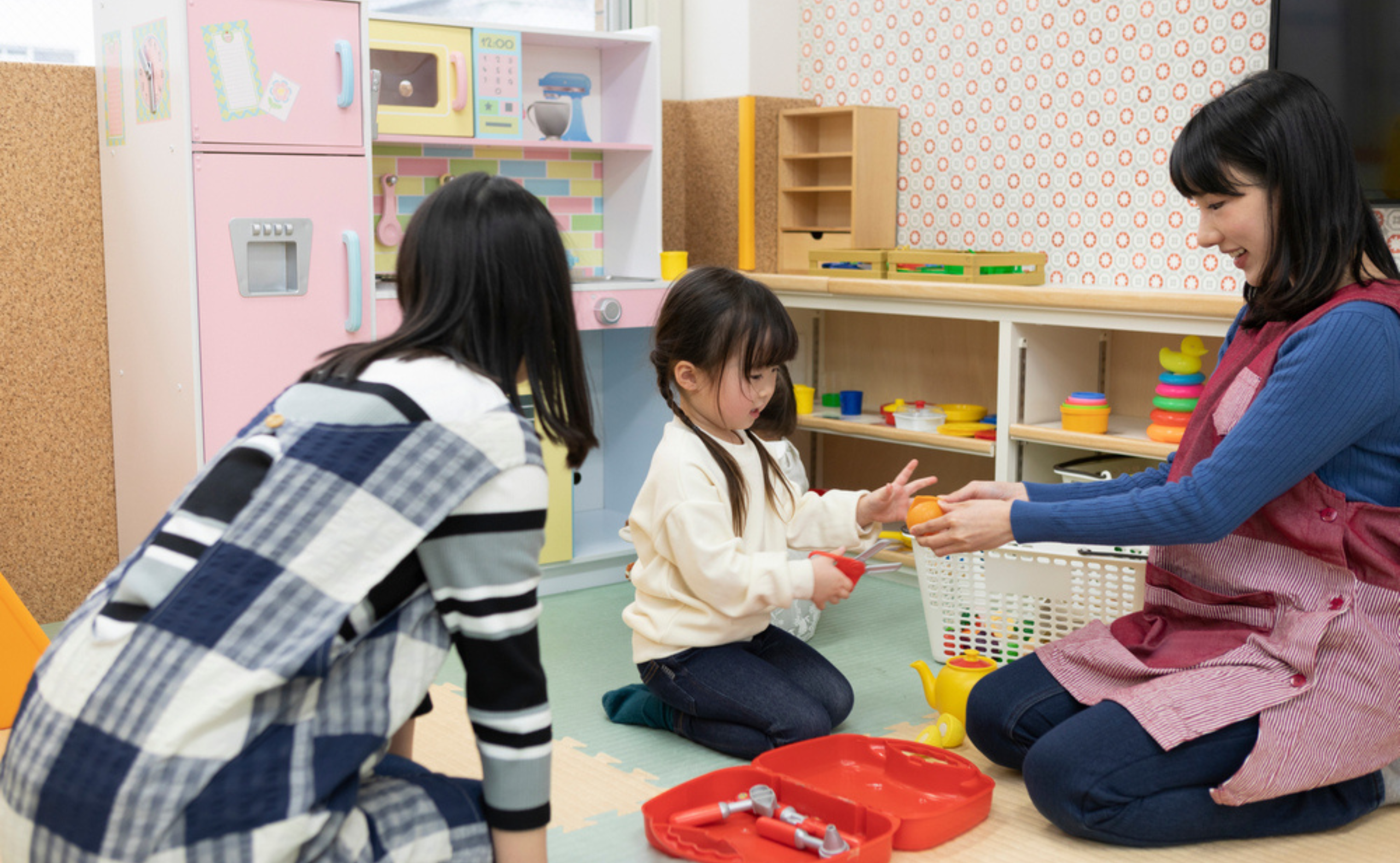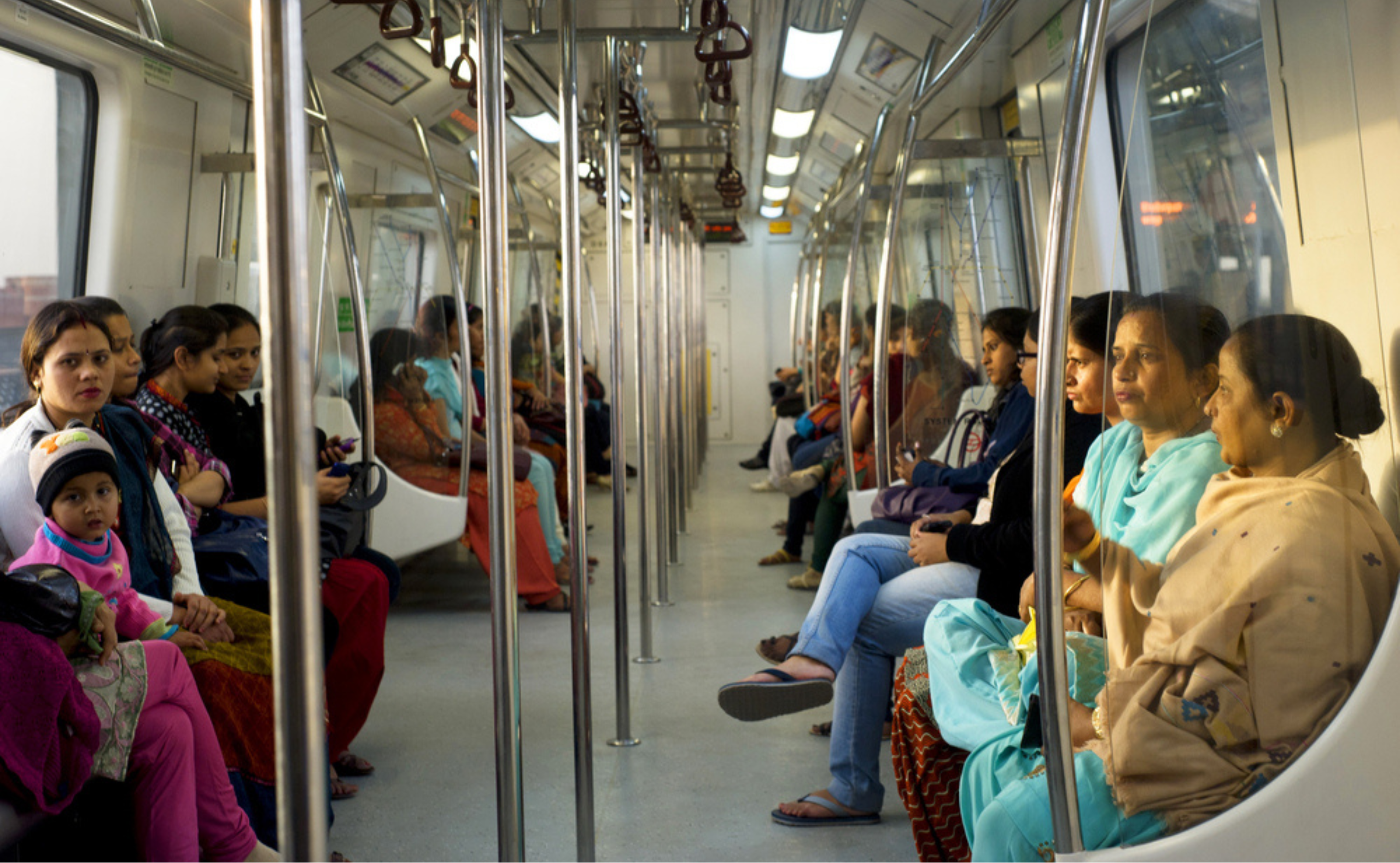 Women around the world are burdened with “unseen” work, such as house cleaning and maintenance, preparing meals, taking care of children and the elderly, fetching water, and gathering wood. These unpaid contributions to production and consumption in households remain excluded from the narrow economic definition of work but are essential to welfare (Stiglitz, Sen, and Fitoussi 2009).
Women around the world are burdened with “unseen” work, such as house cleaning and maintenance, preparing meals, taking care of children and the elderly, fetching water, and gathering wood. These unpaid contributions to production and consumption in households remain excluded from the narrow economic definition of work but are essential to welfare (Stiglitz, Sen, and Fitoussi 2009).
Globally, women perform more than 3 out of every 4 hours of unpaid labor (ADB and UN Women 2018). In the United States, women spend around 4 hours a day on unpaid work, compared with 2.5 hours for men, and women in Japan perform 5 times more unpaid household and care work than men (OECD 2017). These women are faced with giving up opportunities to work outside the home or must find part-time or flexible working arrangements to fulfil unpaid housework and care work. Misperceptions regarding the difficulty in measuring unseen work and its policy relevance have led to a scarcity of initiatives aimed at addressing this inequality.
The World Economic Forum’s gender gap index measures gender inequality based on four pillars (economic participation and opportunity; educational attainment; health and survival; and political empowerment) and 14 indicators. However, the construct does not account for the volume of unseen work that women carry out in homes and offices, mainly because of the paucity of data. Therefore, irrespective of education, economic status, and cultural practices, women in the home or office bear a greater responsibility while experiencing gender inequality. Moreover, the labor indicator focuses on the two ends of the spectrum: women working outside the home for pay, and women exclusively engaged in domestic care activities, such as cooking, cleaning, routine household chores, and looking after children and the elderly. However, spatial disparity reveals the existence of women between these two ends of the spectrum who must work outside the home and also provide domestic care (WEF 2021).
Often ignored by policy makers and researchers, “unrecognized” domestic care work suffers from a historically formed gender-based labor division, resulting in a significant effect on women’s participation in economic activities. In South Asia alone, 45% of economically inactive women do not feature in the labour market because of unseen and unpaid work, compared to 19% of men (ILO and ADB 2011).
The coronavirus disease (COVID-19) pandemic has blurred the border between informal and formal work and exacerbated existing gender inequalities, aggravating the burden of unpaid household and care (WEF 2021). During the lockdowns in Association of Southeast Asian Nations countries, 30% of women experienced an increase in the intensity of unpaid domestic work, compared to only 16% of men (Sirivunnabood and Liao 2021; WEF 2021). While the COVID-19 pandemic has resulted in a higher penetration of digitalization irrespective of gender, technology platforms tap invisible labour for creating innovative profit-generating practices (such as photographers, net idols, bloggers, online traders, and cell phone novelists) in between their household chores, rendering women’s labour invisible (Lukács 2020). Therefore, even in the comparatively new environment, women continue to contribute more through unseen and unpaid work and remain at the receiving end of gender inequality. To address this gender inequality, the United Nations (UN) has called for prioritzing the empowerment of women to meet the Sustainable Development Goals (SDGs). However, unseen and unpaid work, primarily by women, requires recognition and compensation if gender inequality is to be eradicated.
Policy implications
SDG 5 on gender equality and women’s empowerment includes a target to recognize and value unpaid care and household work. Moreover, it suggests that states grant more opportunities and rights to women, ensure social services and social protection, and nationally promote the idea of shared responsibility within families. However, many countries are still at the nascent stage of implementing such schemes for improving women’s empowerment.
The Beijing Declaration, adopted by the UN in 1995, emphasizes recognizing the importance of equal rights. It highlights the need to improve the issue of unpaid household and care work by introducing state policies to reduce and redistribute such work and allow women to be a part of the formal economy, qualify for retirement, and enjoy other employment-associated benefits. In addition, governments should promote the redistribution of domestic work among other family members, including males, so women have better opportunities to engage in paid labor. The 2030 Agenda for Sustainable Development also calls for collecting proper statistics on unpaid work and formulating policies that appropriately include unpaid work in calculations of national income (United Nations 2015). Recognition of unseen and unpaid work as an economic activity through labour and social protection laws can reduce inequality, regardless of gender.
Along with the proper regulations, governments need to ensure the quality of childcare services and subsidize child and senior care to involve women in the labor force and create opportunities for them to participate in paid work by expanding access to inexpensive childcare or allowing for flexible work schedules. Moreover, entrepreneurship and the rights of employees need to comply with the unpaid care work that women perform. Undoubtedly, reducing gender inequality will lower the prevalence of gender-based violence, especially domestic violence (Henke and Hsu 2020). Therefore, there is a need to enhance women’s empowerment by recognizing their unseen and unpaid work, increasing their employment opportunities, and providing access to public resources, including public health care, child care, education, and recreational facilities.
References
Asian Development Bank and UN Women. 2018. Gender Equality and the Sustainable Development Goals in Asia and the Pacific Baseline and Pathways for Transformative Change by 2030. Bangkok: ADB and UN Women.
United Nations. 1995. Beijing Declaration and Platform for Action, Beijing +5 Political Declaration and Outcome.
Henke, A., and L.-C. Hsu. 2020. The Gender Wage Gap, Weather, and Intimate Partner Violence. Review of Economics of the Household 18(2): 413–429.
International Labour Organization (ILO). 2018. Care Work and Care Jobs for the Future of Decent Work. Geneva, Switzerland.
ILO and ADB. 2011. Women and Labour Markets in Asia: Rebalancing towards Gender Equality in Labour Markets in Asia. Bangkok.
Lukács, G. 2020. Invisibility by Design: Women and Labor in Japan’s Digital Economy. Durham, NC: Duke University Press.
Organisation for Economic Co-operation and Development (OECD). 2017. The Pursuit of Gender Equality: An Uphill Battle. Paris: OECD Publishing.
Sirivunnabood, P., and S. Liao. 2021. Women’s Economic Empowerment in Asia. ADBI Policy Brief, No. 2021-8 (December). Tokyo: ADBI.
Stiglitz, J. E., A. Sen, and J.-P. Fitoussi. 2009. Report by the Commission on the Measurement of Economic Performance and Social Progress.
United Nations. 2015. Transforming Our World: The 2030 Agenda for Sustainable Development.
World Economic Forum (WEF). 2021. Global Gender Gap Report 2021






